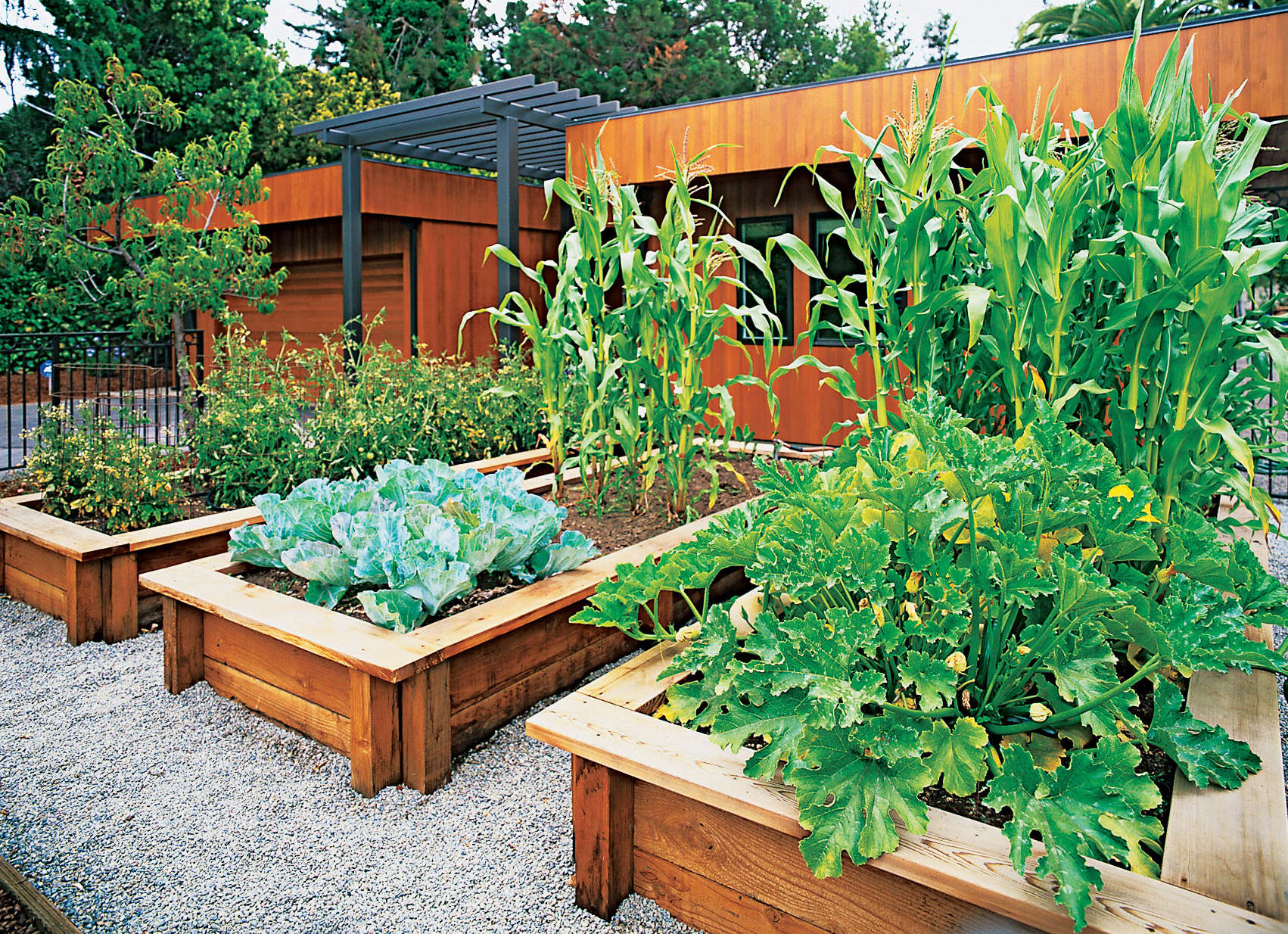
Try not to walk on earth intended for planting it will compact the soil. Keep the rows about three feet wide, and leave several feet of space between the rows for you to walk on and be able to bring your gardening equipment back and forth. If you don't have time to save your harvest, plant only enough for your family to use right away. If you don't mind preserving the harvest through drying, freezing, or canning the produce, you can plant extra. Keep in mind the size of your family and their likes and dislikes when planting vegetables, as well as how long certain vegetables keep.
#Garden layout ideas Patch
When planning such a garden, it may be helpful to use a sheet of graph paper to mark out how many rows of each vegetable you plan to grow. With simple landscaping, clever layout and design, charming decor touches, and affordable DIY projects, even the most modest patch of dirt can be transformed into a small garden oasis. Vegetables are then planted in rows, either directly sown as seeds or as tiny plants transplanted into the ground. Add some drama to the look by keeping the layout symmetrical. If the Seed Packet Recommends Plant Spacing Of: 3 inches, you can fit 16 plants in each square foot. These garden layout ideas are bound to come in handy when it comes to arranging your plot. Not only does the HomeByMe design planner let you design. These can be offset with fuss-free garden ideas such as hard landscaping, including gravel, paving or decking, and hard-wearing evergreens that require minimal upkeep. See the quick reference below or use our seed packet square foot spacing calculator below.

Amendments, such as compost and cow manure, may be added to enrich the soil. HomeByMe is a powerful home design tool that gives you an in-depth look at your next backyard project. Depending on the size of your small garden, a distinctive layout will set the foundations.

Using a rototiller or spade, gardeners turn over the earth in the spring as soon as it's dry enough to be worked. Planting vegetables directly into the ground is probably the simplest and most common way to create a vegetable garden.


 0 kommentar(er)
0 kommentar(er)
